How to get URL link on X (Twitter) App

https://twitter.com/shananalla/status/1474025164190982156
https://twitter.com/alexselby1770/status/1479513806250385413Case counts cannot be used, since testing has increased in the state recently. This would tend to inflate omicron's est. advantage
https://twitter.com/shananalla/status/1474025164190982156




 Previously infected had much higher titres (even 1-dose) vs previously uninfected (even after 2-doses)
Previously infected had much higher titres (even 1-dose) vs previously uninfected (even after 2-doses)

 First, a note on the CIs
First, a note on the CIs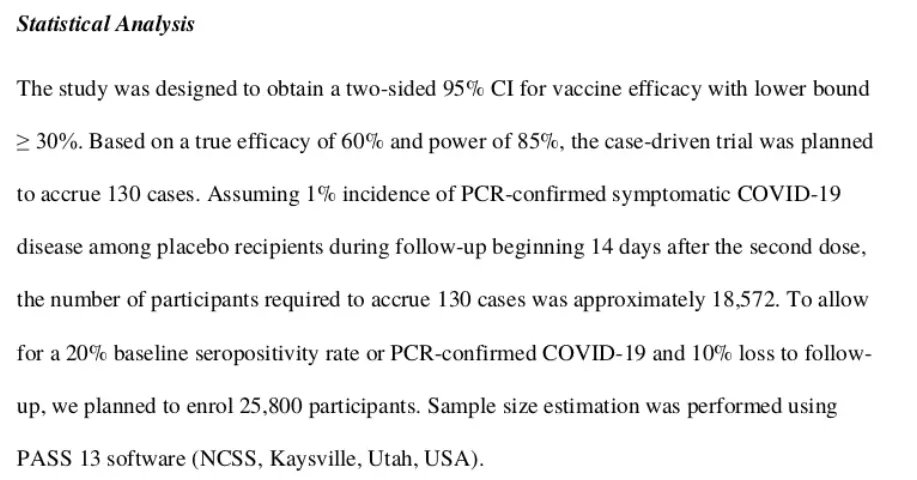

https://twitter.com/shananalla/status/1410962174030323715It has been calculated elsewhere that


 a) "Susceptible": Fraction of pop. thats never been infected
a) "Susceptible": Fraction of pop. thats never been infected

https://twitter.com/shananalla/status/1404030310401024001
 a) As more people get infected, the population immunity increases. This reduces R
a) As more people get infected, the population immunity increases. This reduces R

https://twitter.com/shananalla/status/1388072067208257538
 unlike TN,KA provides age/district wise vaccination data in its bulletins
unlike TN,KA provides age/district wise vaccination data in its bulletins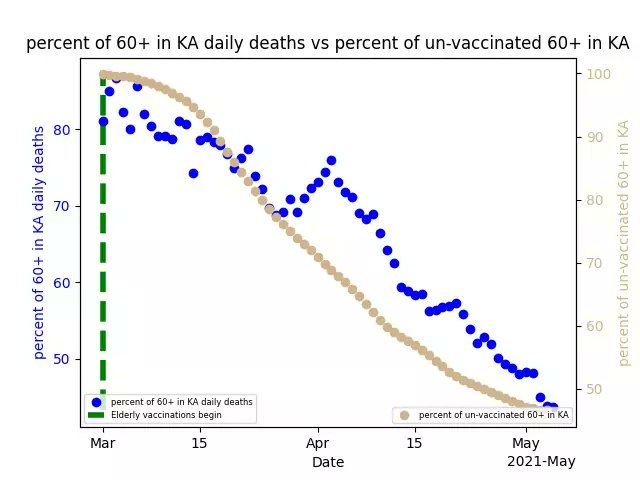

https://mobile.twitter.com/shananalla/status/1305163197373063171

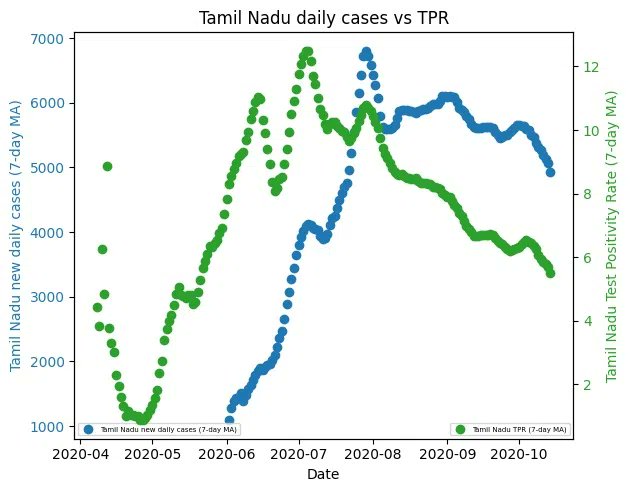
 Age Profile:
Age Profile:https://twitter.com/shananalla/status/1305163367066161152



https://twitter.com/shananalla/status/1305163914791936000
 MEAN AGE:
MEAN AGE: https://twitter.com/shananalla/status/1305163367066161152

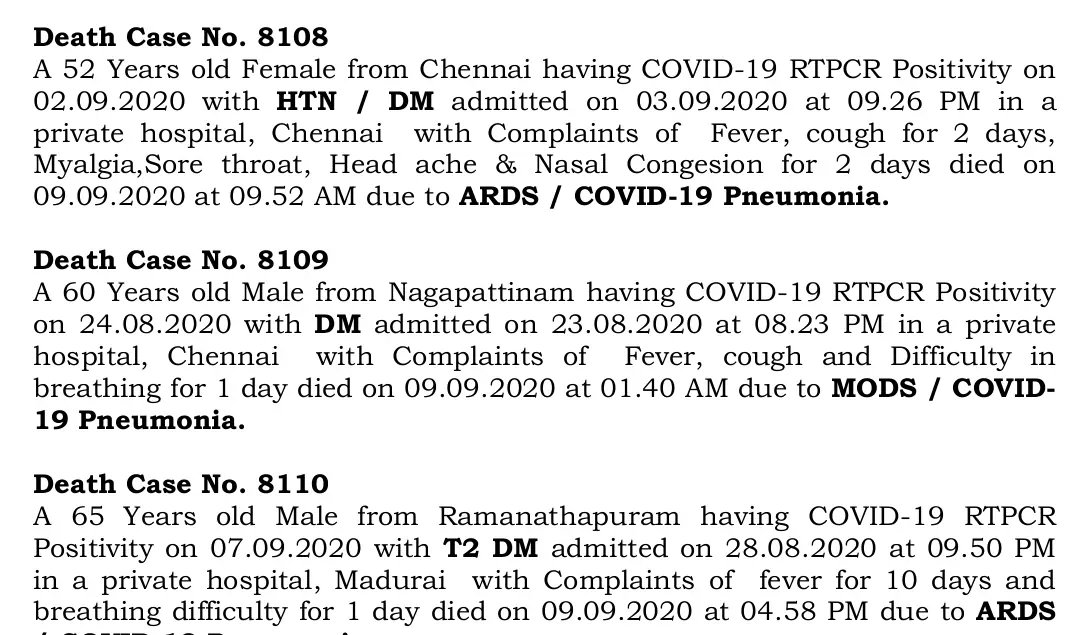

 Age-Profile
Age-Profile

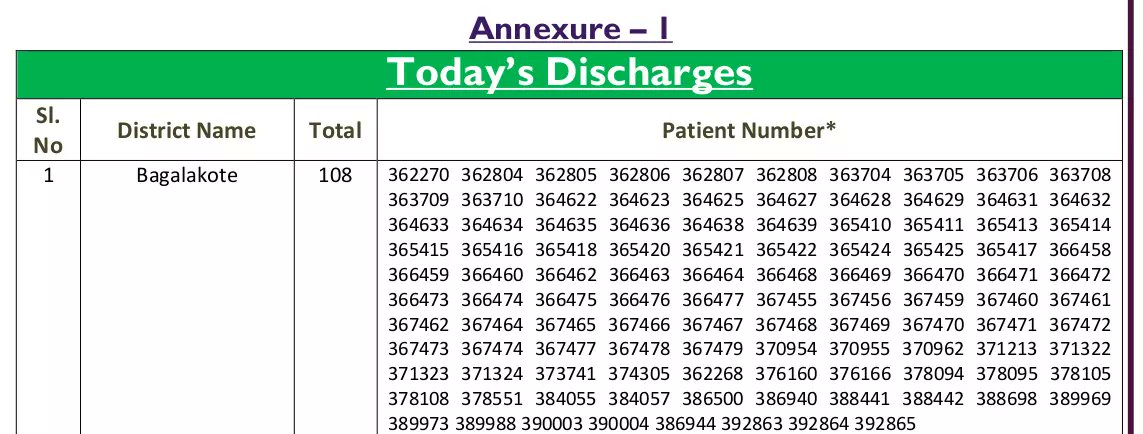
https://twitter.com/DHFWKA/status/1304052909156360192

 This follows the pattern of Odisha's analysis, but is more detailed
This follows the pattern of Odisha's analysis, but is more detailedhttps://twitter.com/shananalla/status/1303732435272650755
